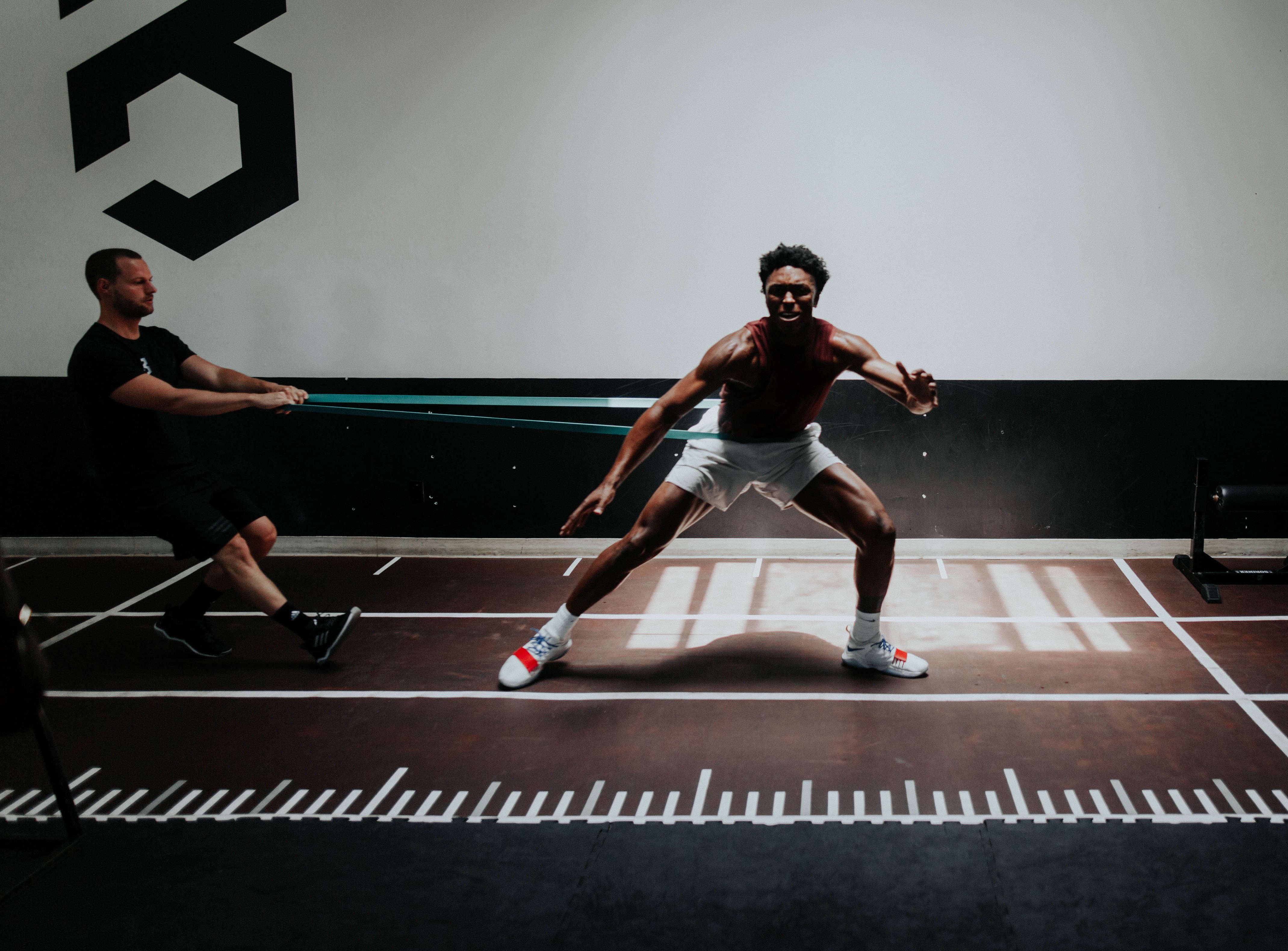
How machine learning is unlocking the secrets of human movement – and reshaping pro sports
It’s another busy morning in the lab. Twelve of the best basketball players on the planet are each a blur of action and a bundle of hope.
As hip-hop beats fill the lab, the group trains without touching a single basketball, individually bouncing side to side on an indoor track, soaring over a three-foot-tall box, and slinging weighted balls against a wall. One athlete, however, is producing both sweat and data – jumping, lifting and sprinting as cloud-connected cameras record his every movement at Peak Performance Project (P3) in Santa Barbara, California.
All 12 of these college athletes expect to enjoy a long NBA career. And far away from P3, many sports analysts are equally certain they already know which of these NBA Draft hopefuls will become a legend, a valuable starter or a key contributor off the bench.
But according to thousands of biomechanical data points captured by the lab’s special cameras, many of those outside forecasts will be air balls. Some of the athletes will retire after a few forgettable seasons, some will suffer injuries that end their hoop dreams, and some lesser-ranked prospects will stun experts and reach NBA stardom, the data reveals.
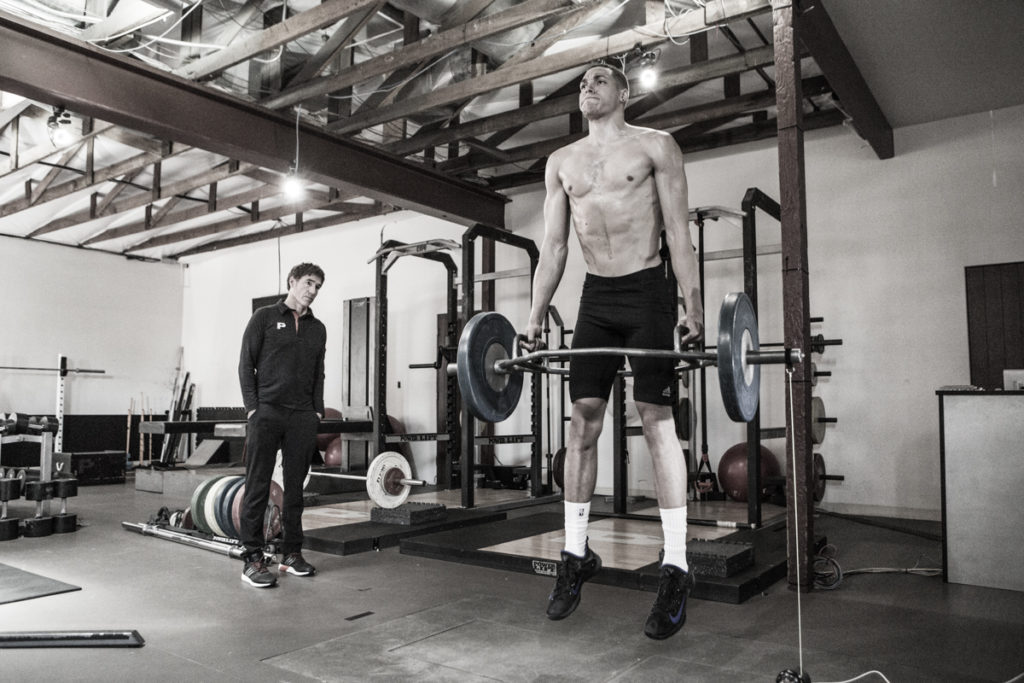
Aaron Gordon, forward for the NBA’s Orlando Magic, works out under the eye of P3 founder Dr. Marcus Elliott.
None of this is news to the one man who is standing still inside the bustling lab. Dr. Marcus Elliott, a Harvard-trained physician and founder of P3, has seen the data and – he believes – the future.
“We understand these athletes and how they’re going to perform on an NBA court before they set foot on an NBA court,” Elliott says.
“All of these kids going through this NBA Draft – including Zion Williamson and R.J. Barrett from Duke (University) – have been coming to see us since they were 16, 17 years old. With our data, we can give them injury-risk models and performance models to help guide their career development,” Elliott says. “Nobody has this biomechanical information on them. We have years of it.
“It’s an amazing view.”
Launched in 2006, P3 is the first facility to apply a more data-driven approach to understanding how elite competitors move. It uses advanced sports-science strategies to assess and train athletes in ways that will revolutionize pro sports – and, eventually, the bodies and abilities of weekend warriors, Elliott says.
“We are challenging them and measuring them. But we’re not interested in how high they jump or how fast they accelerate,” Elliott says. “We’re interested in the mechanics of how they jump, how they accelerate and decelerate. It’s helping us unlock the secrets of human movement.”
Working directly with players and their agents or families, P3 has evaluated members of the past six NBA draft classes, amassing a database of more than 600 current and former NBA athletes.
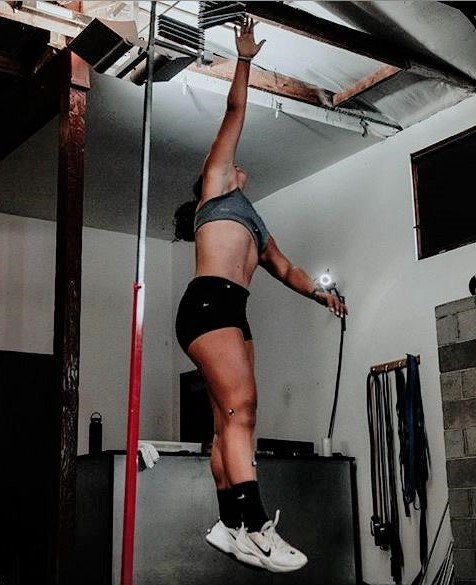
Volleyball player Cassandra Strickland leaps at P3.
Some of P3’s clients include NBA stars Luka Doncic and Zach LaVine plus athletes from the NFL, Major League Baseball, international soccer, track and field and more.
Many of those NBA clients, like Philadelphia 76ers guard Josh Richardson, return to P3 each summer for re-testing to pinpoint whether their movement patterns have gained asymmetries that could cause injury, or to reconfirm the health of physical systems they use to leap, land, stop and start, fueling their on-court edge.
“This is my fifth off-season now at P3,” Richardson says. “When I started with them during my NBA draft preparation, I immediately saw that their approach was different and that it could help me have the best chance to improve my athleticism. Every off-season I get to see exactly where I am physically compared to where I was before – and compared to other NBA players.
“They are able to help me identify where I might be at risk of injury and where I can improve physically. It’s important for me to know that the training I am doing is specific to my unique needs,” Richardson says.
To collect all that granular data, P3 outfitted its lab with a high-speed camera system manufactured by Simi Reality Motion Systems GmbH, a German company from the ZF Group and a Microsoft partner.
Simi offers markerless, motion-capture software that removes the need for athletes to wear tracking sensors while they play or train. Simi also works with seven Major League Baseball clubs, deploying high-speed camera systems to those stadiums to record every pitch during every game since the 2017 season.
Simi’s software digitizes the pitchers’ arm angles and related body movements, spanning 42 different joint centers across 24,000 pitches thrown per team per season. That produces hundreds of billions of data points that are uploaded and processed on Microsoft Azure, enabling teams to create in-depth biomechanical analyses for the players, says Pascal Russ, Simi’s CEO.
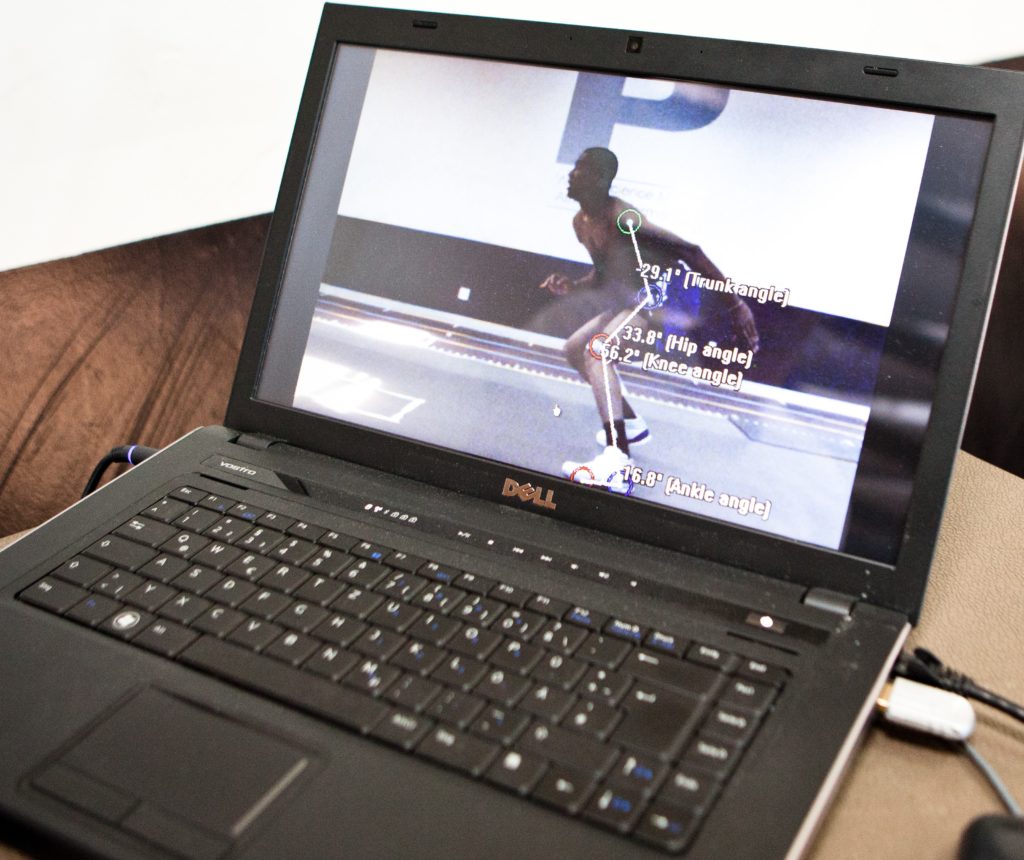
An athlete’s workout at P3 produces data on his body angles and movements.
“The first team that deploys this effectively on the field to pick lineups or to see which pitch angles worked well against which batters is going to see a huge separation between them and the other teams not using this,” Russ says.
“It’s freakishly accurate.”
While Russ foresees this technology eventually remaking baseball, such seismic shifts already are occurring in the NBA through P3’s player assessments, says Benedikt Jocham, Simi’s U.S. chief operations officer.
“We provide the software solution that can quantify the movement and analyze, for example, how much pressure and torque a person is putting on various body parts,” Jocham says. “P3 adds the magic sauce. They are wizards at figuring out what it all means and making sense out of it for athletes.”
After the cameras record a player’s movements in the P3 lab, those datasets are loaded into Azure where machine-learning algorithms reveal how that player’s physical systems are most related to other NBA players who were similarly assessed. The algorithm then assigns that player into one of several clusters or branches that predict how their basketball career may unfold, Elliott says.
One branch, for example, contains athletes who had a brief NBA experience and never became significant players. Another branch encompasses players who were impactful during their first three or four seasons then sustained serious injuries that depleted their skills. In still another branch, players share rare combinations of length, power and force that fed elite careers – and they remained healthy.
“The human eye is good at measuring size and maybe estimating weight, and very bad at comparing athletes’ physical systems and movement symmetries to one another,” Elliot says. “But we can measure those things in the lab and the machine tells us how young athletes are most alike.
“It’s a solid foothold into an area of sports science that has been out of sight until now,” he says.
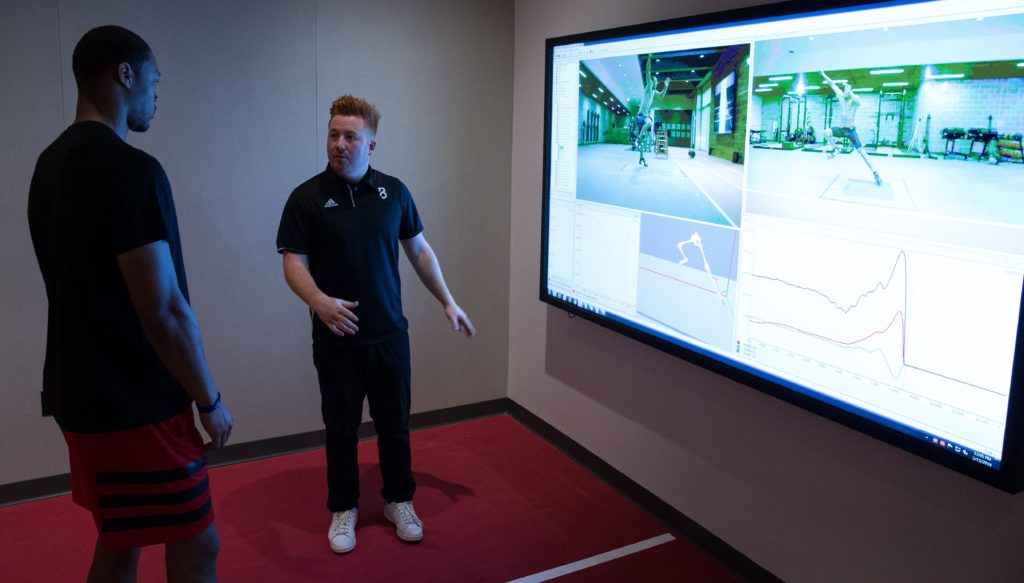
Cleveland Indians prospect Will Benson scans his workout data with P3 biomechanist Ben Johnson.
The data is also helping to shatter long-held theories that successful NBA players who, at first glance, lack the size, jumping ability or quickness of traditional stars are merely compensating by tapping unmeasurable intangibles such as “intuition” or “IQ” or “heart.”
“That’s how people once would have defined (2017-18 NBA most valuable player) James Harden, as somebody who just has this super-high basketball IQ,” Elliott says. “Maybe he does. But he also has a better stopping or braking system than anybody we’ve ever assessed in the NBA.
“That creates competitive advantages,” he adds. “There’s Newtonian physics behind these advantages.”
Case in point: Dallas Mavericks rookie Luka Doncic. In its pre-draft assessment of Doncic one year ago, P3 identified that same hidden performance metric – the elite ability to stop quickly. P3 knew, before his NBA Draft, that Doncic and Harden were in the same player branch. Doncic posted a stunning first pro season.

Aaron Gordon training on the P3 indoor track.
The insights also help athletes avoid injuries by adopting new training techniques to change unhealthy movement patterns revealed in the data, says Elliott, who previously served as the first director of sports science in MLB (for the Seattle Mariners) and as the first director of sports science in the NFL (for the New England Patriots).
Every NBA player or draft prospect assessed by P3 receives a report that highlights their injury risks and compares them to league peers based on performance.
“Athletes come to us because they trust us to take better care of their bodies than would happen anywhere else,” Elliott says. “Traditionally, and still today, when these bad things happen to players, everyone says, ‘Oh, that was a freak injury.’ I’m just telling you that the machine learning models predict a whole lot of these.
“I can’t imagine a world where out of nowhere you suffer, say, a right tibial stress fracture – not your left one, not your femur, it’s your tibia, out of nowhere,” he adds. “Without a doubt, these are not random events. Sports science just has not been very good about identifying them.”
Eventually, this same information may become available to amateur athletes and everyone else, Elliott says. The same technologies could predict, for example, that a weekend warrior has too much force going through the left leg while jumping or landing plus a tiny but unhealthy rotation of the left knee and femur, causing too much friction, and, eventually, an erosion of the left knee cartilage.
“What if you identified that when you were 30 or 20, instead of learning when you’re 50 that your cartilage is gone? That really is the future,” Elliott says.
“The power of machine learning and (Microsoft) Artificial Intelligence are going to help us unlock these secrets in ways that have never existed. We’re already doing it but it’s only in the early days of what I think is going to be a revolution in this space,” he says. “It’s coming. It’s definitely coming.
Top photo: Stanley Johnson, a forward with the NBA’s New Orleans Pelicans, moves laterally inside an exercise band at the P3 lab. (All photos courtesy of P3.)

